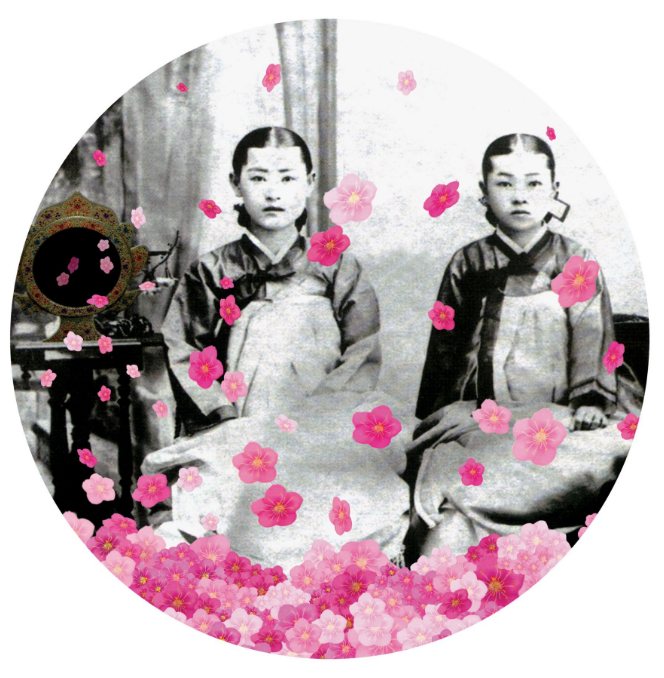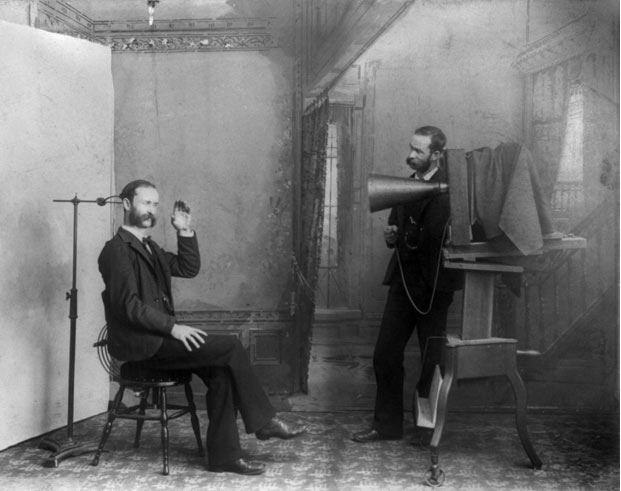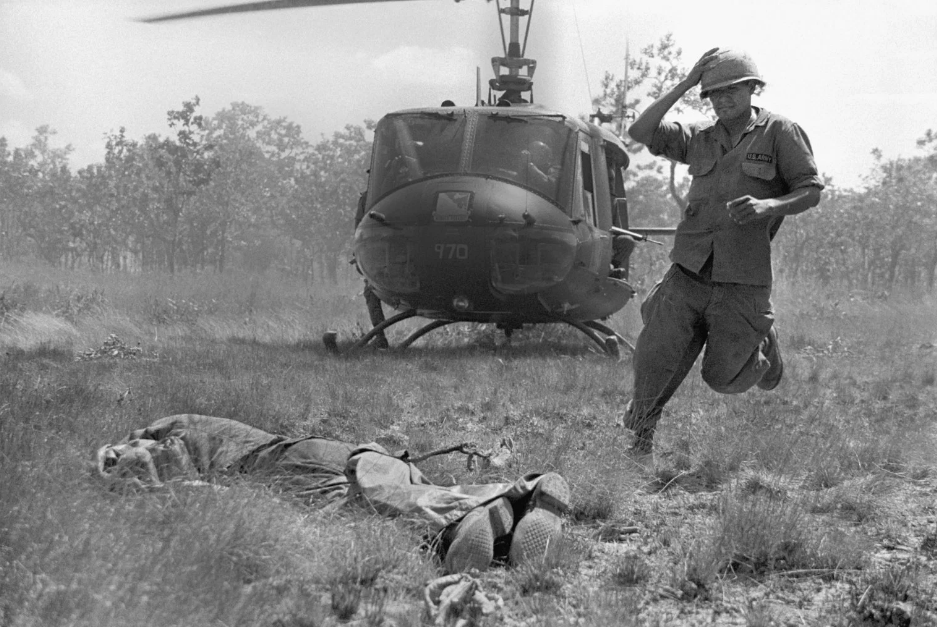By Madison Allen

In 2013, .M Contemporary opened its doors to the Australian public with the aim of fostering cross-cultural conversations through the promotion and exhibitions of emerging and established artists, both Australian and International. Over the last six years Founder and Director Michelle Paterson and Director Louise Rush have built an extensive database of artists across multiple medias and art practices and have supported a growing and expansive clientele.
The gallery consistently cultivates relations with emerging artists, providing them access to .M Contemporary’s broad and ardent clientele, whilst simultaneously providing collectors with new and alluring works to consider. In engaging with emerging artists, .M Contemporary consciously promotes and markets artists through ongoing exhibitions, press releases, artist talks and such related events. Said events engage with those interested in Sydney’s art world, and demonstrate the accessibility and appeal of art to a wide audience. Likewise, the continuity of these events run parallel with the gallery’s focus on expanding emerging artist’s presence in the art world, moving beyond local engagement and providing artists with active participation in international and Australian art fairs, and group and solo exhibitions.
Over its six years of growth, .M Contemporary has built an extensive collection of photographic artists. The medium, rapidly increasing in popularity, is a compelling art form for novice and established collectors alike to consider.
The rapid rise of photography since the 1990s, from a small niche to a significant presence in the art market, has consummated this ever growing appetite for the art form, particularly among amateur collectors. The eclectic collection of emerging photographic artists, both International and Australian, represented at .M Contemporary offers both novice and established collectors new and provoking opportunities to expand existing collections or begin new ones. Sang Hyun Lee and Sally McKay, two distinctive and experimental artists, are two photographers to consider.

South Korean artist Sang Hyun Lee fuses glimpses of humour and satire in scenes of complex issues of reality and artificiality existing in contemporary Korea. A culture enamoured by hyper-consumerism and materialism, is explored and criticised by Lee in scenes of historical and modern fusion. In overlaying traditional ink painted backgrounds with modern computer generated images, Lee depicts a futuristic past that questions modern politics, policies and activity. The dichotomy of past and present, artificiality and reality; morph as scenes of possible futures, urging the audience to consider notions of evolution, and the impact of destroying cultural history.

Sally McKay, an Australian photographic artist, designs beautiful mandala-like installations that fuse plastic figurines and brightly-coloured backgrounds with themes of war and environmental destruction. Intricately designed on large platforms and photographed from overhead, the impact of contemporary visual culture is witnessed through plant matter and figurines, offering an antidote to mass production and commercialisation. The purposeful use of aesthetics and detail creates this two-fold viewing experience; for it is only when the viewer ventures closer that McKay’s commentary is fully realised. The chaotic and disordered are reformed into systematic moments of mindfulness.
Ways Photography shaped the Art World

1. Portraiture was the driving force behind the adoption of cameras.
By 1851, the daguerreotype, the first commercially successful photographic process, resulted in the complete abandonment of the silhouette as the most popular form of capturing portraiture. A silvered copper plate was exposed to the camera for several minutes; the latent image then made visible by fuming it with mercury vapour. The process required the subject’s head to be locked in place with a brace to prevent movement.
2. It was Photography that served as the catalyst for the Modern Art Movement.
The emergence of photography spurred the long lasting debate of its credibility as ‘fine art.’ Realism painters of the 19th century, who relied upon their mimetic abilities, found themselves faced with the question: if photorealism could be reduced to a mechanical process, what then is the artist’s role? Effectively, painters were propelled towards forms of abstraction, with the goal of moving beyond realism to unearth something cameras were unable to capture. From there emerged surrealism, abstraction, fauvism and cubism.
3. Photography’s big break was at two of the World’s first Art Fairs in London, 1851 and Paris, 1855.
Photographic artists shown at these two art fairs – Henri Le Secq, Gustave Le Gray – all argued for the medium’s status as fine art. Grimy and ugly moments of commercialism, industrialism and the banality of reproducing, mundane life appeared most realised in photography.
4. Photography rose in prominence as a mode of capturing and recording accuracy, and pushing for political change.
As a powerful recorder of contemporary events, during WWI and WWII photographs were sent home ‘censored,’ to preserve morale and continue the War Aid. However, during the Vietnam War people were being shockingly exposed to the true horrors of war, as uncensored images filtered home. Negativity towards the war effort began to surface, and a two-sided account of the events was realised. Photography, alone, held the unique power to make people accountable, acknowledge the horror of war and demand political change.

.M Contemporary consciously aims to aid new collectors by consistently promoting and marketing their artists and ongoing exhibitions. Attending the gallery’s press releases, organised events (artist talks, industry talks), and opening nights will provide new and established collectors opportunities to network, and build and maintain contacts in the art world.
Due to it’s progressive and diverse nature, .M Contemporary is engaged with a far-reaching and astute audience. Now, having opened a new space in Double Bay, the gallery aims to build upon its existing clientele, whilst also capturing new collectors where they reside.



